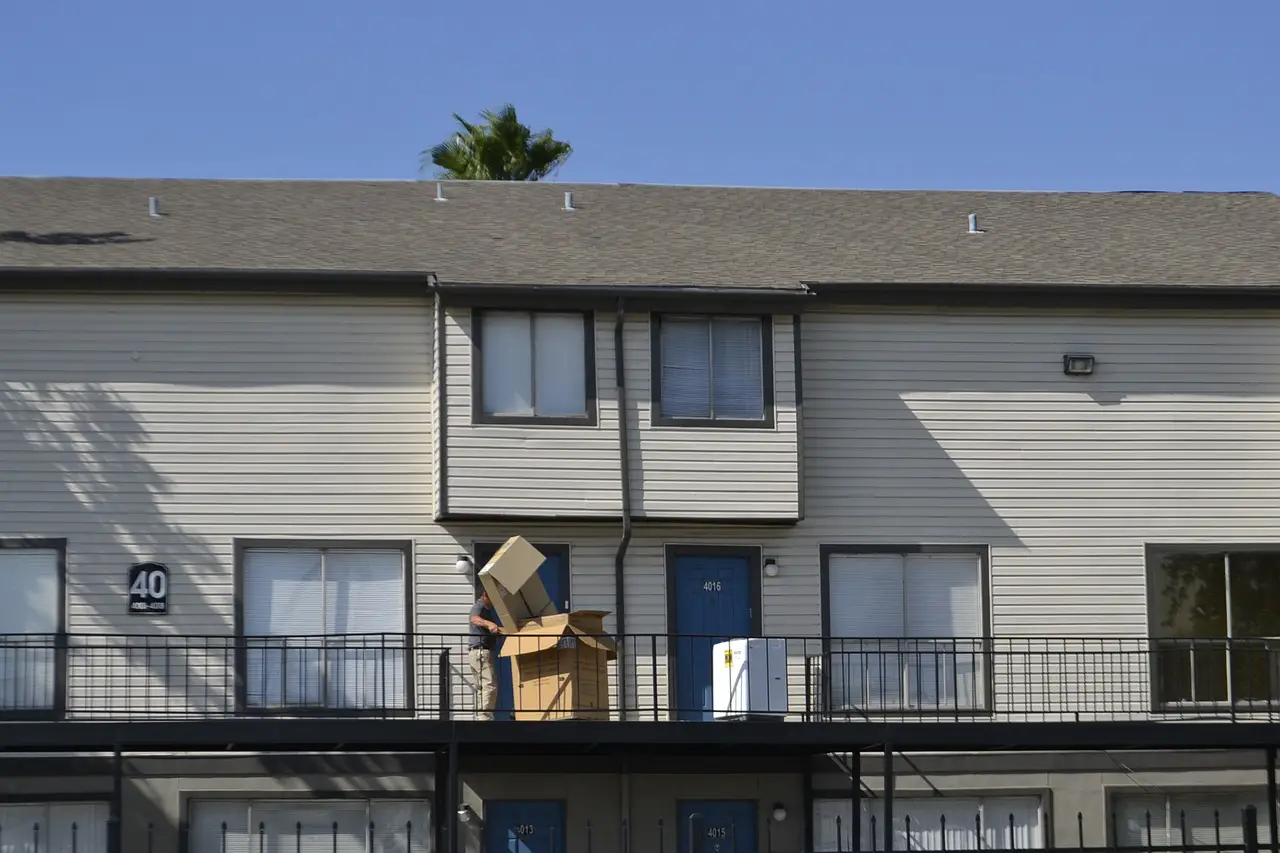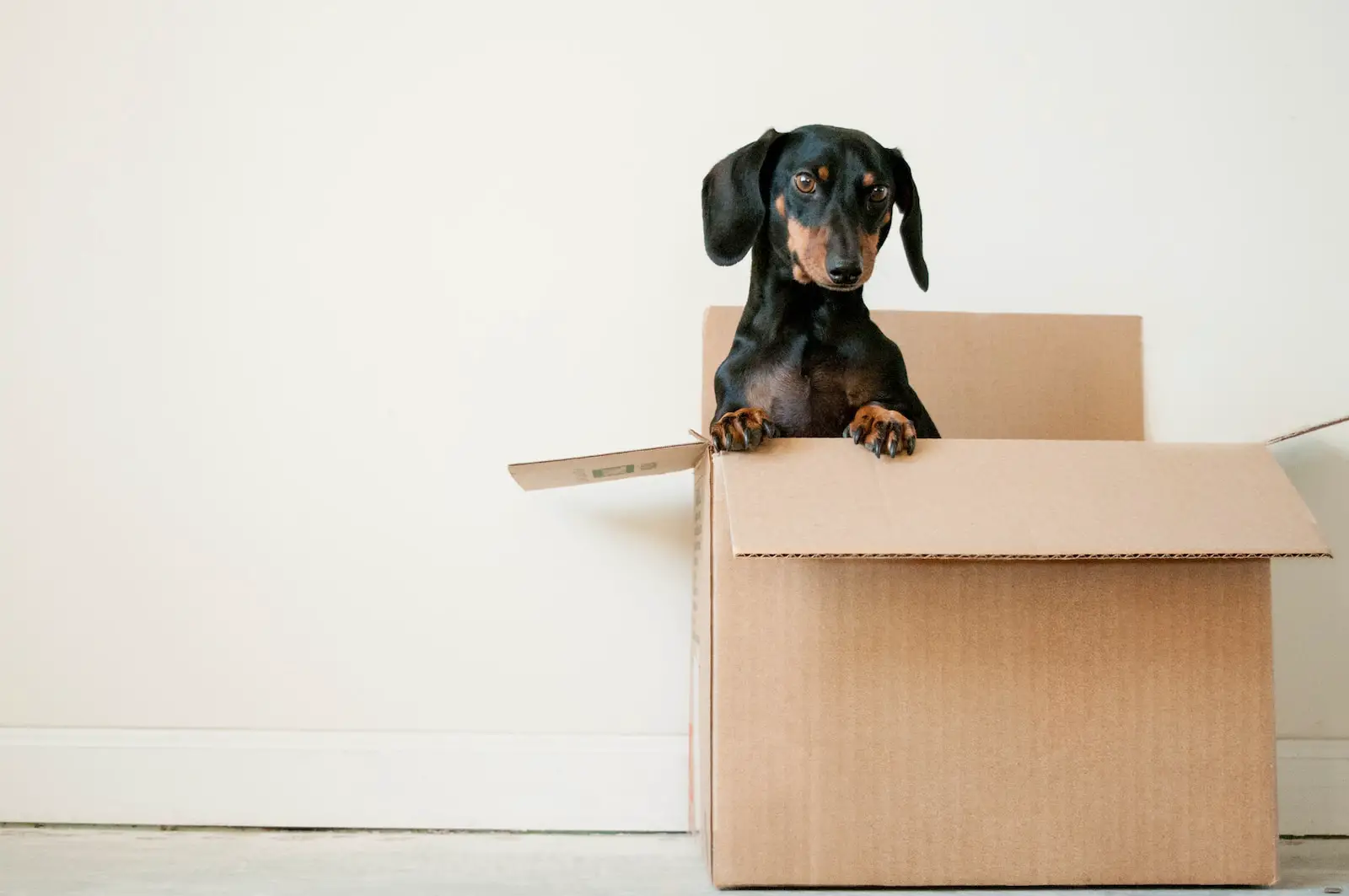A home remodel can be an exciting and transformative experience for any homeowner. However, it can also be a stressful and overwhelming process, especially when it comes to packing up your belongings. Properly packing your items before the start of construction is essential to ensure that they remain safe and undamaged during the renovation process.
Not only does packing help protect your belongings, but it also allows for a smoother and more efficient construction process. Without proper packing, contractors may need to spend more time moving items around or trying to work around cluttered spaces, which can lead to delays in the project timeline.
The Benefits of Proper Packing
Proper packing has numerous benefits for homeowners undergoing a home remodel. First and foremost, it helps keep your belongings organized and easily accessible during the renovation process. This makes it easier to find important items when you need them without having to sort through boxes or piles of clutter.
In addition, proper packing can help minimize stress and anxiety during the renovation process. When you know that your belongings are safe and secure, you can focus on other aspects of the remodel without worrying about potential damage or loss of personal items.
Proper packing can also help speed up the unpacking process once construction is complete. By labeling boxes with descriptive titles and organizing them by room or category, you’ll have an easier time finding everything you need once it’s time to move back in.
What Will Be Covered in This Article
This article will provide an in-depth guide on how to properly pack for a home remodel. We’ll cover topics such as assessing your belongings before starting construction, creating a packing timeline to ensure everything is packed before work begins, deciding on appropriate packing materials based on item type or fragility level, sorting items by room or category for easy organization, labeling boxes with detailed descriptions and color-coded labels, taking photos of electronic setups before disconnecting them, packing fragile items like artwork or antiques, packing clothing and linens, suggestions for packing kitchen items as well as tools and equipment. By following our tips and tricks, you can ensure that your belongings remain safe and secure during the renovation process.
Planning Your Packing Strategy
Assessing Your Belongings and Determining What Needs to be Packed
Before starting your packing process, it’s important to take inventory of your belongings and determine what needs to be packed. This assessment will help you decide which items are necessary for daily use during the remodel and which can be safely packed away.
Start with a room-by-room evaluation, making note of any furniture, decor or electronics that will need to be moved. Work with your contractor to assess areas of the home that may not require packing, such as outdoor patios or garages.
Create a detailed list of each item that needs to be packed, along with its current location in the home. This will make it easier when it comes time to pack everything up and move it out of the way.
Creating a Packing Timeline to Ensure Everything is Packed Before Construction Begins
With a clear understanding of what needs to be packed, you can now create a timeline for packing. Start by setting an expected start date for construction and work backwards from there.

Consider how many weeks or days ahead of construction you’ll need to start packing in order to complete the process on time. For larger projects, you may want to give yourself several weeks’ buffer time just in case something takes longer than expected.
Make sure everyone involved in the packing process is aware of the timeline and their responsibilities. If necessary, set up specific dates for each room or area so that everyone is on the same page.
Deciding on the Type of Packing Materials Needed
There are many types of packing materials available on the market today – from cardboard boxes and bubble wrap to plastic bins and specialty crates. Choosing which materials are right for your belongings can seem overwhelming at first. Consider factors such as fragility, weight and size when selecting packing materials.
For example, fragile items like dishes and glassware will require more padding and protection than books or clothing. You may also want to consider eco-friendly packing materials, particularly if you’re concerned about the environmental impact of your remodel.
Recyclable cardboard boxes and compostable packing peanuts are just a few options to consider. By taking the time to plan your packing strategy, you’ll ensure that your belongings are ready for safekeeping during the remodel.
Packing Tips and Tricks
Sorting Items by Room or Category
One of the most important packing tips for a home remodel is to sort your items by room or category. This makes it easier to keep track of what you have packed and where everything is located. Begin by going through each room in your home and making a list of the items that need to be packed.
You can also sort items by categories like electronics, books, clothing, etc. Once you have sorted all your belongings into categories, start packing one category at a time.
This way, it will be easier to keep track of what has been packed and where everything is located. If possible, pack similar items together so that they are easier to find later.
Labeling Boxes with Detailed Descriptions
Labeling boxes with detailed descriptions is essential when packing for a home remodel. Be sure to label each box with clear descriptions of its contents, including the name of the room it came from and a brief description of what’s inside.

This will make it much easier to find specific items later on. It’s also helpful to number your boxes as you pack them so that you can easily keep track of how many boxes you have and ensure nothing goes missing during the move.
Using Color-Coded Labels to Easily Identify Boxes
Using color-coded labels can be an effective way to quickly identify which boxes belong in which rooms. Assign a different color for each room or category (e.g., yellow for electronics) and stick colored labels on each box based on its contents.
For example, if all the kitchen boxes are labeled with red stickers, you’ll know at a glance that those boxes belong in the kitchen. Keep in mind that this method only works if everyone involved in the move understands which colors correspond to which rooms or categories.
Taking Photos of Electronic Setups Before Disconnecting Them
Taking photos of electronic setups before disconnecting them can save you a lot of hassle during the unpacking process. Electronics like TVs, computers, and gaming consoles can be particularly tricky to set up correctly, so taking a quick snapshot of the wiring and connections before unplugging everything can be a huge help.
Be sure to take clear photos from multiple angles so that you have a visual reference to guide you when it’s time to reconnect everything. This is also helpful if you need to consult with a professional installer or repair person later on.
Sorting items by room or category, labeling boxes with detailed descriptions, using color-coded labels to easily identify boxes, and taking photos of electronic setups before disconnecting them are just a few packing tips and tricks that will make your home remodel smoother and less stressful. Taking the time to properly pack your belongings can save you time, money, and potential headaches down the road.
Niche Subtopics
How to Pack Fragile Items Such as Artwork or Antiques
Packing fragile items for a home remodel can be challenging, but with the right approach, you can keep your cherished possessions safe. When it comes to artwork and antiques, it’s crucial to start by assessing the fragility of each item. For smaller pieces, use bubble wrap or packing paper to protect them.
For larger items like paintings or sculptures, use blankets or cushioning material like Styrofoam peanuts. Another important tip is to pack fragile items separately from other belongings.
This will help prevent damage from shifting during transportation. Label each box with a clear indication of its contents and indicate that it should be handled with care.
If you’re unsure about how to pack a particularly valuable item, consider hiring a professional mover who specializes in packing delicate pieces. They will have the experience and expertise needed to ensure that your treasures arrive at their destination in perfect condition.
Tips for Packing Clothing and Linens
Packing clothing and linens may seem straightforward but there are a few tips that can make this process easier. Start by sorting through your clothes and linens, separating any items that you no longer need or want so they can be donated or thrown away. Fold clothes neatly before placing them in boxes or containers.
Use sturdy boxes that won’t collapse under the weight of your belongings, and choose containers with lids for added protection against dust and moisture. For delicate fabrics like silk or satin, wrap them in tissue paper before folding them into boxes.
This will help prevent wrinkles and creases while also protecting delicate fabrics from damage. Label each box clearly so you know which items are inside without having to open every container when you begin unpacking after your home remodel is complete.
Suggestions for Packing Kitchen Items
The kitchen is often one of the most challenging areas to pack for a home remodel because of the variety of items that need to be packed. Start by sorting through your kitchen cabinets, drawers, and pantry, discarding any expired or unwanted food items.
For dishes and glassware, use packing paper or bubble wrap to protect them during transportation. Place each piece in a box with plenty of cushioning material like Styrofoam peanuts or crumpled newspaper.
For pots and pans, nest them together before wrapping them in packing paper or bubble wrap. Label each box with a clear indication of its contents so you know what’s inside when you begin unpacking.
When it comes to appliances like blenders or coffee makers, remove any loose parts and pack them separately. Use boxes that are specifically designed for these items if possible, as they will offer better protection during transport.
Packing for a home remodel can be time-consuming but proper planning and organization can make the process easier. By following these tips for packing fragile items such as artwork or antiques and clothing and linens as well as suggestions for packing kitchen items, you can ensure that your belongings arrive at their destination safely and without damage.
Rarely Known Small Details Proper packing of your items is crucial to ensure that they are protected during a home remodel. Some items, such as books, records, and other media materials, require special attention to ensure they are not damaged.
One way to protect these items is by using small boxes that can be tightly packed with padding materials such as bubble wrap or packing paper. Additionally, it’s important to avoid overpacking the boxes since this can cause them to become too heavy and risk damage while being transported.
For books specifically, pack them flat and alternate the spine and page edges in each layer of the box. This will help prevent any one book from bearing the weight of all others above it.
For records, consider placing them in their original sleeves or use specialized record sleeves. This will help keep them from bending or warping during transport.
When packing electronics equipment like TVs, computers, and gaming consoles there are several steps you should take to ensure their safety during transport. First and foremost, make sure that all devices have been powered off for at least an hour before disconnecting any cables or components.
This will give the device time to cool down and prevent any damage from heat buildup. When it comes time to pack these devices, start by unplugging all cables and labeling each one with tape or stickers noting which device it belongs to.
Wrap each component separately with bubble wrap or packing paper before placing them in their own labeled box with additional padding material around them. Packing tools: While many homeowners focus on packing fragile items like dishes, glasses and mirrors – it’s also important not to forget about your tools!
Properly securing sharp objects like saws can be tricky but necessary for ensuring safe transport (and protecting your other belongings). Consider using a tool chest for smaller hand tools with locking mechanisms (or padlocks), which eliminates the need for additional packaging materials while protecting against theft as well.
Large power tools should be stored separately and may require additional packaging. For example, if you have a table saw, you’ll want to remove the blade and pack it separately in a protective covering.
You can then wrap the saw itself in moving blankets or other padding materials before placing it in a sturdy box. Properly packing your belongings for a home remodel is crucial to ensure their safety during transport.
Books, records, electronics equipment and tools all require special attention to prevent damage while being moved from one location to the next. Taking some extra time to pack these items correctly will help ensure that they are ready for use when you are settled back into your newly remodeled space.
Conclusion
Summary of Key Points Covered in the Article
Packing for a home remodel is an essential task that should be given utmost importance. To ensure the safety of your belongings and ease in unpacking, it is vital to have an organized packing plan and employ effective packing techniques.
The article covered topics such as planning your packing strategy, useful tips and tricks, niche subtopics like fragile items or kitchen appliances, and rarely known small details. Firstly, planning a timeline for packing your items to ensure everything is packed before construction begins is vital.
It will help you maximally utilize time by sorting items by room or category while giving you ample time to ensure every item is properly packed. Also, choosing suitable materials such as boxes, bubble wraps or foams for different items can protect them from breakage.
Secondly, labeling boxes with detailed descriptions along with color-coding them can make it easier to identify where each item belongs during moving or unpacking. Taking pictures of electronic setups before disassembling them can help you reconnect them when you need them again.
Thirdly, niche subtopics were discussed on how best to pack fragile items like artwork or antiques without damaging them; suggestions are provided for how best to pack clothing and linens along with tips on how best to pack kitchen appliances like pots and pans properly. Fourthly some rarely known small details were shared on how best to pack books without damaging their spines; how best to pack electronics equipment like TVs; and recommended methods for packing tools properly.
Encouragement for Readers
Do not underestimate the importance of proper packing when preparing for a home remodel. With careful planning and execution using the tips mentioned in this article, you can safely pack all your treasured belongings without risking any damage during transport or storage.
Remember that taking the extra time now will benefit you in the long run when it comes to unpacking and settling into your newly remodeled home. Happy packing!
